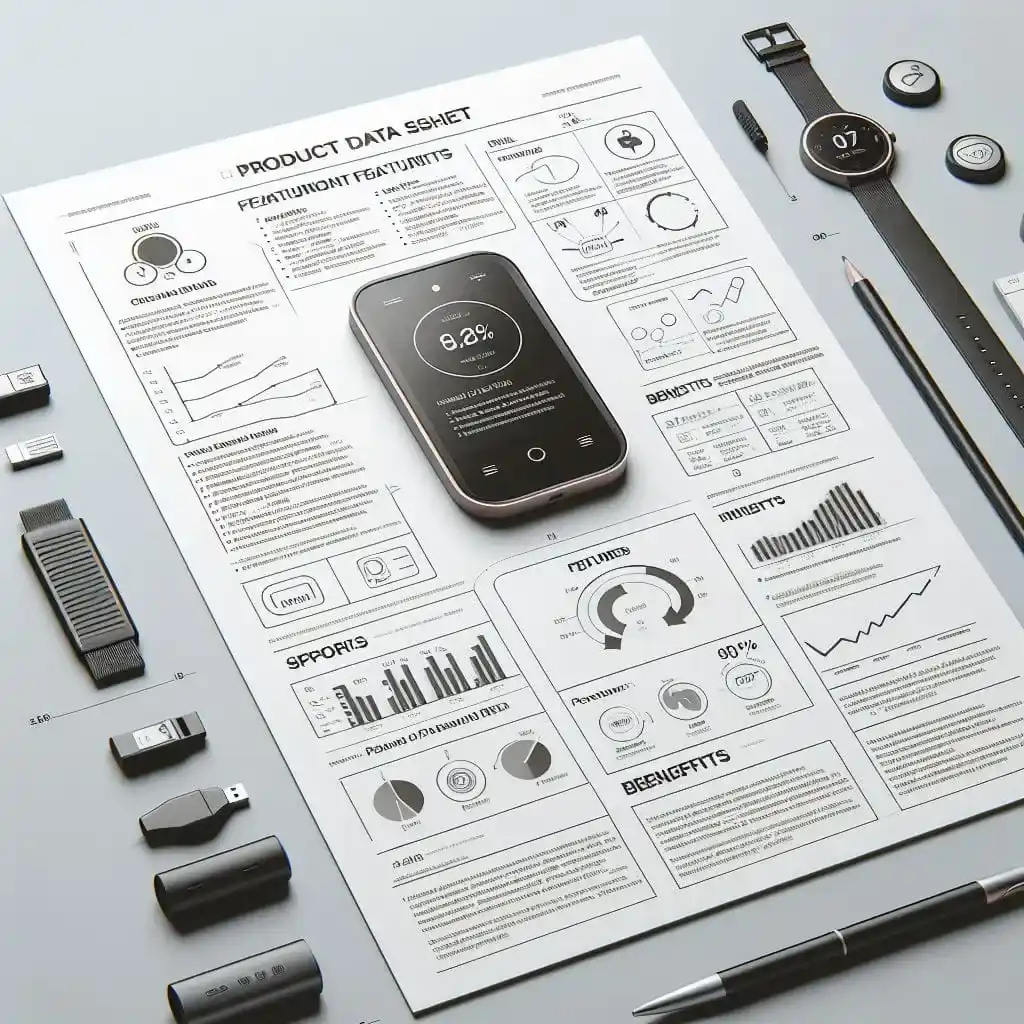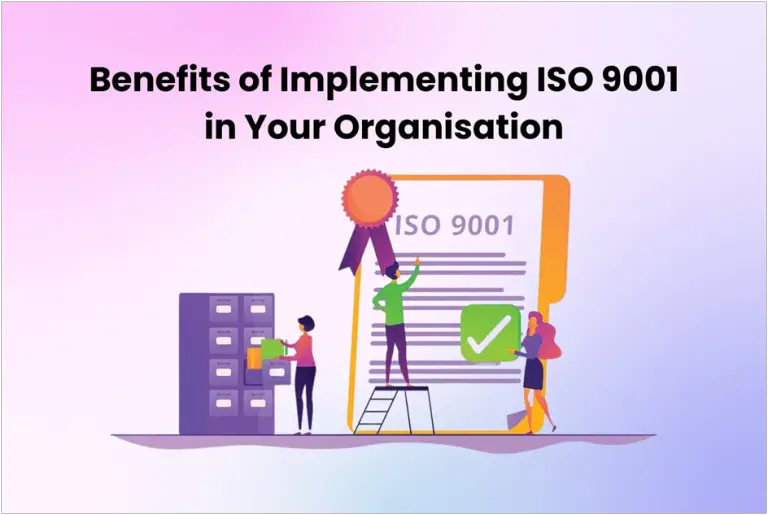4 Key Elements Every Product Data Sheet Should Include

Reaching your customer with the right product is crucial for any company. To do so effectively, you need a foolproof tool in a Product Data Sheet (PDS).
For product managers, PDS is a core piece in the puzzle of marketing. It combines the technical and creative aspects of pushing a product out the door. It’s about providing rich details that resonate with your audience.
In this article, we’re going to dissect the essential elements that should adorn your product data-sheet. Read on to ensure that your next launch doesn’t just fly, but soars.
1. Clear Product Description
A robust product description is the heart of your PDS. It sets the stage for the kind of performance your product can deliver. When done right, it hooks the reader in to read the rest of your content.
The Art of Describing
The art of describing a product goes beyond merely listing its features and specifications. It involves crafting a narrative that connects with your audience on an emotional level.
You need to translate the technical attributes of your product into practical benefits vs. features. These benefits and features should solve real-world problems for your customers.
Start your description with an engaging introduction. This should capture the unique value proposition of your product.
Next, use bullet points to highlight its key features. Ensure that each point demonstrates how it enhances the user’s experience or solves a specific pain point.
Utilize vivid, sensory language. This will allow readers to visualize using the product in their daily lives.
Utilizing the best free video editing tools can significantly enhance the quality of your visuals without breaking the bank
Remember, your goal is to make the reader envision the positive impact your product will have on their life or work. You want to compel them to consider it an essential solution they hadn’t known they needed.
Tips for Clarity
You need to use clear, straightforward language that’s easy to grasp. Steer clear of technical terms unless your audience is familiar with them. Be precise and offer measurable outcomes whenever feasible.
Examples
Let’s look at an example of a clear product description:
“Introducing the UltraLight Laptop – the perfect blend of portability and power. With its slim design and high-speed processor, you can seamlessly work from anywhere without sacrificing performance.”
In this brief yet impactful description, we mention a specific benefit – the ability to work from anywhere. Then, we back it up with a feature – the high-speed processor.
We also use sensory language with words like “seamlessly” and “slim design.” This makes the product more tangible for readers.
2. Technical Specifications
No data sheet is complete without the nitty-gritty technical details that make your product stand out from the competition. Product managers take note:
Clear presentation here can be the difference between a customer choosing your product or looking elsewhere.
Going Deep With Data
Technical product specifications serve as the backbone of your PDS. This section should meticulously detail the physical and technical aspects of your product. It should offer a view that enables potential buyers to assess its suitability for their needs.
To help you with this, you can try using SaaS PIM software. It’s a central hub for your product data. You can easily manage and update your technical specifications as needed.
Crafting Compelling Specifications
When detailing technical specifications, precision is key. List down the specs such as dimensions, weight, materials used, performance metrics, compatibility information, and any other pertinent technical data.
However, it’s crucial to maintain a balance between thoroughness and readability. Overwhelming your audience with too much technical jargon can be as bad as giving no information.
Use tables or bullet points for clarity, making the data easier to scan and digest. For instance, if your product is electronic, include specifications like battery life, connectivity options, and power requirements. For software, detail the system requirements, version compatibility, and any hardware prerequisites.
Translating Specs Into Benefits
While raw data is vital, translating these technical specifications into tangible benefits elevates the usefulness of your PDS. This approach aids in bridging the gap between what the product is and why it matters to the customer.
For example, don’t simply state that a smartphone has 128GB of storage. Emphasize that this capacity allows users to store thousands of high-resolution photos and videos.
3. Visual Assets
Show, don’t tell. Visual elements like images, videos, or diagrams can add immense value to your PDS. They allow customers to visualize the product and its benefits more vividly.
A Picture Says a Thousand Words
Visuals have the potential to quickly grab attention and aid in the comprehension of your product’s features and benefits. So it’s important to select images and videos that are not only appealing but also accurately represent the product.
For instance, if your product has a unique design, ensure that it’s showcased. Diagrams can be particularly useful for explaining complex functionalities.
You should also ensure that these visuals are professionally produced and in high resolution. This way, they will convey the quality and attention to detail your product embodies.
Remember, the visual presentation contributes to the customer’s perception of your product’s value and professionalism. So, make it count!
Videos and Interactive Content
In addition to images, consider adding videos or interactive content to your PDS. These elements can help customers better understand how the product works, its benefits vs. features, and how to use it.
Interactive content also allows for a more engaging experience. It keeps potential customers interested and invested in learning about your product.
4. Pricing and Availability Information
Consumers crave transparency, especially when it comes to their wallets. This section is all about laying out the costs and the ability to purchase.
The Cost of Ownership
Don’t just state the price; explain what this includes. For services, this can be the tiered pricing model, for products, it’s about making sure all features are well-understood.
The Road to Acquisition
Show your customers the path. Whether it’s a ‘Buy Now’ button for online purchases or a list of authorized retailers, Make sure the process is as clear as your pricing.
A Product Data Sheet Is a Powerful Tool
Your product data sheet is more than a mere document. It’s an integral tool for marketing your product effectively. By following these essential elements, you can ensure that potential customers have the information they need to make an informed decision about purchasing your product.
So, take your time, pay attention to details, and watch your product soar! In the end, it’s all about reaching your customer with the right product at the right time.
Did you find this article helpful? If so, check out the rest of our site for more.






